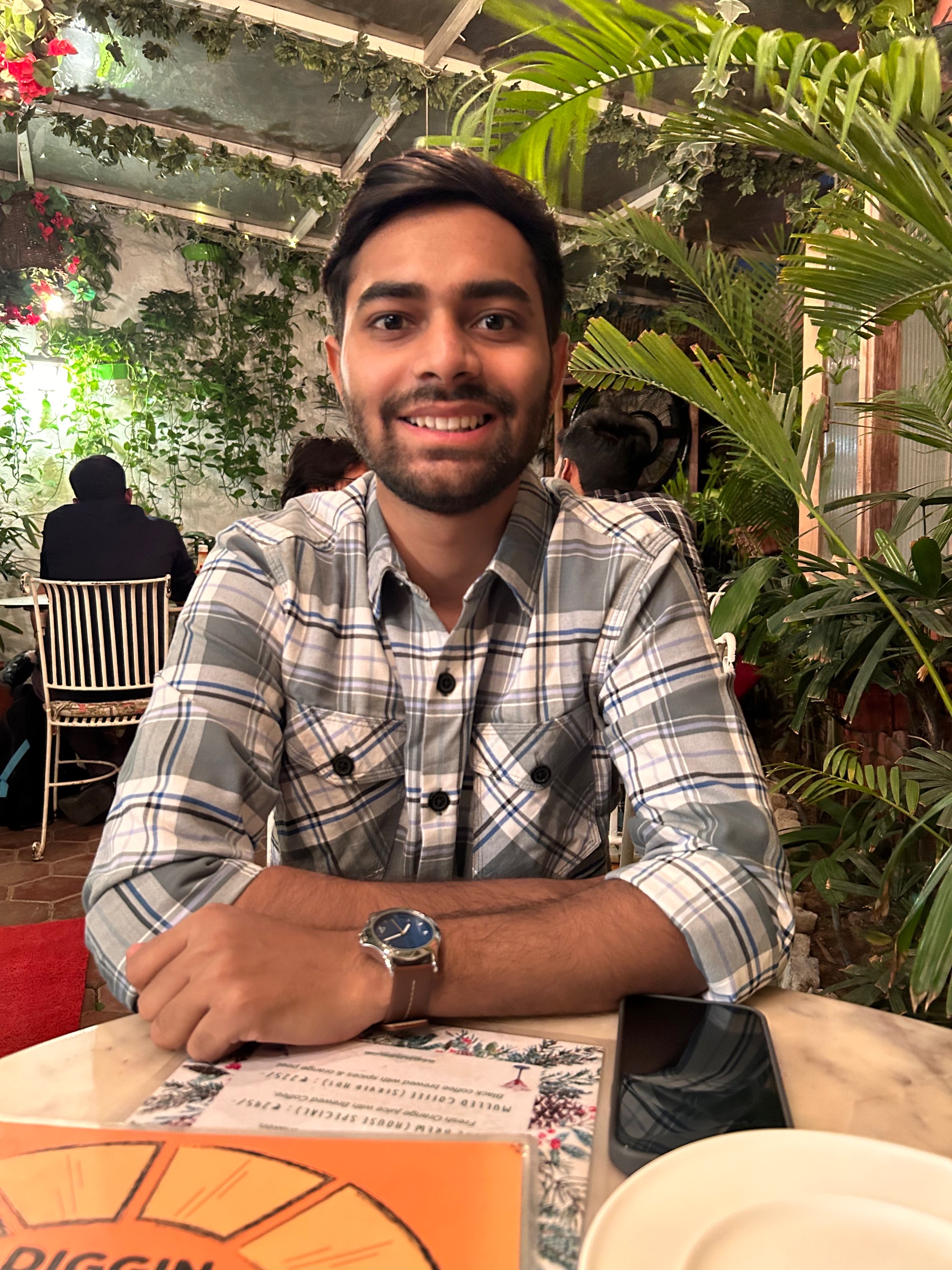27 JUNE 2025 - Daily Current Affairs Updates
- Avijeet Kumar
- Jun 27
- 2 min read
Topic: Ambubachi Mela Subtopic: Festival Celebrated at Kamakhya Temple, Assam
Value Addition:
Symbolizes divine menstruation of Goddess Kamakhya — a rare spiritual acknowledgment of fertility and feminine cycles.
Blends faith, monsoon cycle, and cultural ecology; celebrates the Earth as a fertile entity.
Massive religious tourism event, bringing economic and socio-cultural energy to Northeast India.
Subject Analysis:
GS 1: Art & Culture – Religious traditions, Tantric practices, temple architecture.
Prelims: Shakti Peethas, Nilachala style, Kamakhya Temple architecture.
Essay: “The sacred and the cyclic – decoding fertility in Indian spirituality.”
Topic: Evaporative Demand Subtopic: Atmospheric Thirst for Moisture
Value Addition:
Key drought predictor: high evaporative demand worsens agricultural stress before rainfall deficiency is even observed.
Thirstwaves (3+ days of high demand) are becoming more frequent due to warming — not yet tracked in India’s official climate models.
Direct link with wildfires, failed crops, and surface water loss.
Subject Analysis:
GS 1: Geography – Atmospheric moisture dynamics, drought ecology.
GS 3: Environment – Climate change indicators and data gap.
Essay: “A thirsty sky, a burning land – decoding India’s invisible droughts.”
───────────────────────────
Topic: Organisation of Islamic Cooperation (OIC) Subtopic: Global Islamic Bloc and India’s Diplomatic Concerns
Value Addition:
India is not a member, but has the world’s third-largest Muslim population.
Often criticized OIC for bias via Pakistan influence, particularly on Kashmir.
OIC is 2nd largest intergovernmental body after UN – headquartered in Jeddah.
Subject Analysis:
GS 2: IR – Multilateral forums, India’s strategic exclusion.
Prelims: OIC membership, structure, languages.
Topic: Training of Trainers (ToT) on Panchayat Revenue Subtopic: Strengthening Panchayat Fiscal Autonomy
Value Addition:
Trains master trainers to enhance Own Source Revenue (OSR) mobilization in rural local bodies.
Supported under revamped RGSA; collaboration with IIM Ahmedabad ensures administrative excellence.
Bridges gap between constitutional devolution and actual empowerment.
Subject Analysis:
GS 2: Governance – Panchayati Raj, capacity building.
GS 2: Welfare – Role of PRIs in achieving SDGs.
Essay: “Power at the grassroots must be funded from the ground.”
Topic: Dravidogecko coonoor Subtopic: Endemic Gecko Species of Upper Nilgiris
Value Addition:
High-altitude endemic found only in Coonoor; coexists near human settlements.
Ninth species under Dravidogecko genus; adds to Western Ghats herpetofaunal richness.
Lives in both natural and built habitats – critical for urban ecology studies.
Subject Analysis:
GS 3: Biodiversity – Endemic fauna, conservation hotspots.
Prelims: Reptile species in India, habitat ranges.
Topic: Green Hydrogen Pilot Plant – Kutch Subtopic: First Off-Grid 5 MW Solar Hydrogen Plant
Value Addition:
India's first off-grid plant with solar + battery + automated electrolyser loop.
Major step under National Green Hydrogen Mission (NGHM); supports Atmanirbhar Bharat goals.
Scalable model for industrial decarbonization and energy import reduction.
Subject Analysis:
GS 3: Environment – Renewable energy innovation.
GS 3: Economy – Energy security, hydrogen economy.
Topic: Sustainable Development Report 2025 Subtopic: India Enters Top 100 in Global SDG Index
Value Addition:
India ranks 99 (score: 67) – significant climb; China at 49, US at 44.
Only 17% of global SDG targets on track for 2030 – alarm bell on commitments.
Nordic countries lead, but suffer setbacks on climate (SDG13) and biodiversity (SDG15).
Global regression in SDGs: Obesity, Press Freedom, Corruption, Nitrogen use.
Subject Analysis:
GS 3: Economy – SDGs, sustainability, international rankings.
GS 2: Governance – India’s development performance.
Essay: “Progress isn’t always forward – what SDG backslides reveal.”

Comentários